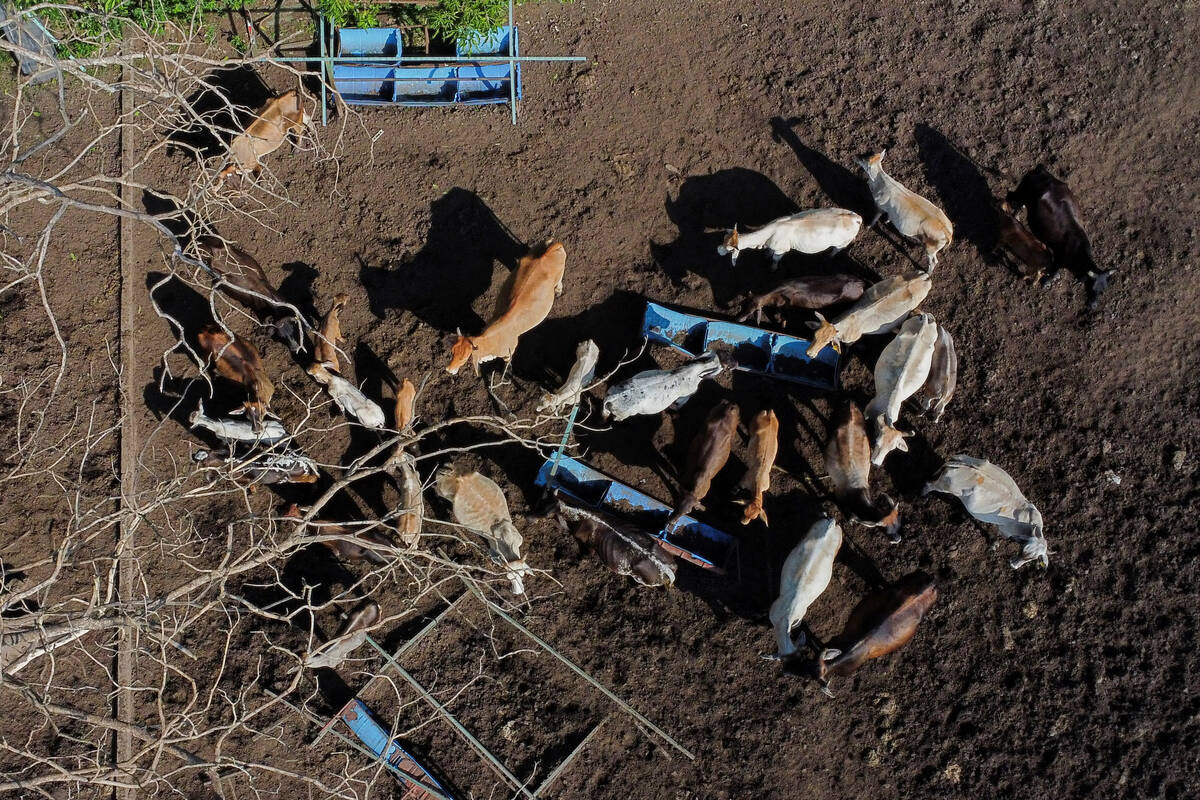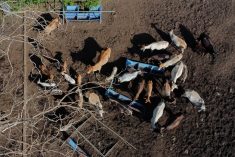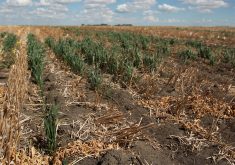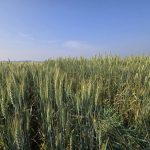In the movieKelly’s Heroes,Donald Sutherland modified a tank to go as fast in reverse as it did going forward. As he explained, he wanted to be able to get out of trouble as fast as he got into it.
Well-developed contingency plans are critical for creating successful outcomes. They can help farmers survive the fast-paced rate of change, narrow profit margins and tenuous financial situation that sometimes define the agricultural industry.
Contingency planning can focus on desirable events, but most of the time they focus on undesirable or potentially bad situations.
Read Also

Cattle smuggling worsens outbreak in Mexico
Cattle being smuggled across Mexio’s southern border are making a screworm outbreak much more difficult to control.
One of the purposes of contingency planning is to keep the contingency from becoming an emergency.
Not all undesirable events are catastrophic. The event can be an accumulation of a series of factors over time, such as two or three poor crops in a row or bad marketing decisions. They often affect financial performance over time.
Selecting a group of key financial indicators and reviewing them regularly (at least annually) will reveal trends. Undesirable trends can be an early indication of problems on a farm.
Implementing a contingency plan as soon as possible is generally advantageous.
A well-developed set of contingencies can help manage through adversity and reduce stress on management and family.
It will also be beneficial in discussions with lenders.
When a situation is deteriorating, it’s better to be able to tell a lender that a contingency plan has been developed to address situations like these.
Developing a contingency plan is not easy and can be time consuming. It forces people to move beyond current demands and think about the future. It also forces them to think about undesirable events when they’d rather focus on positive and desired outcomes.
So where to begin?
Set aside two days to work through a contingency planning exercise.
Break down the bigger picture of the farm and the industry into manageable parts. Consider internal factors, which farmers can control, and external factors, which are beyond a farmer’s control.
EXTERNAL FACTORS
External influences include domestic and international government policy, consumer preferences and demographic change, environment, food safety, industry rationalization and global economic factors such as currency and inflation.
The further the potential influence is from a farmer’s control, the more difficult it is to develop contingencies.
However, it is still beneficial to talk about these events and discussing what, if anything, could be done if such a problem were to be encountered.
INTERNAL FACTORS
A good place to start is to break the discussion into the four main areas of farm management: operations, marketing, human resources and finance.
Brainstorm each of these areas and create a list of undesirable events that could materialize:
• a misapplication of chemical and/ or fertilizer;
• a disease that affects crops or livestock;
• a supplier unable to deliver on product such as fertilizer or fuel ;
• a buyer failing to honour a contract;
• a key employee quitting during a busy season;
• a health concern for the farmer that prevents him from making a management and/or labour contribution;
• an erosion of working capital.
The first attempt at contingency planning is often the most difficult because it requires original thought. After that, the review is less demanding because there is a base from which to work.
Reviews are important because they help catch events that may have been overlooked in earlier attempts. Reviews should be done annually to get the most from a contingency plan.
Terry Betker is a farm management consultant based in Winnipeg, Manitoba. He can be reached at 204.782.8200 or terry. betker@backswath.com.














